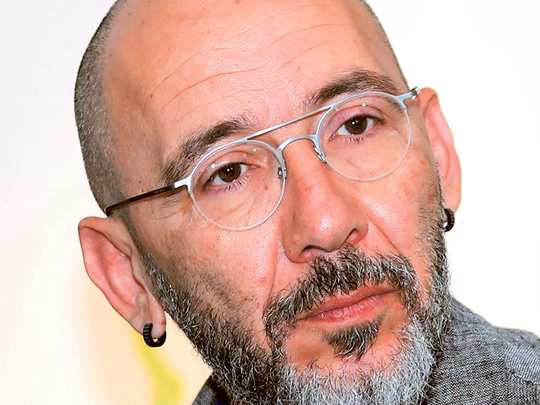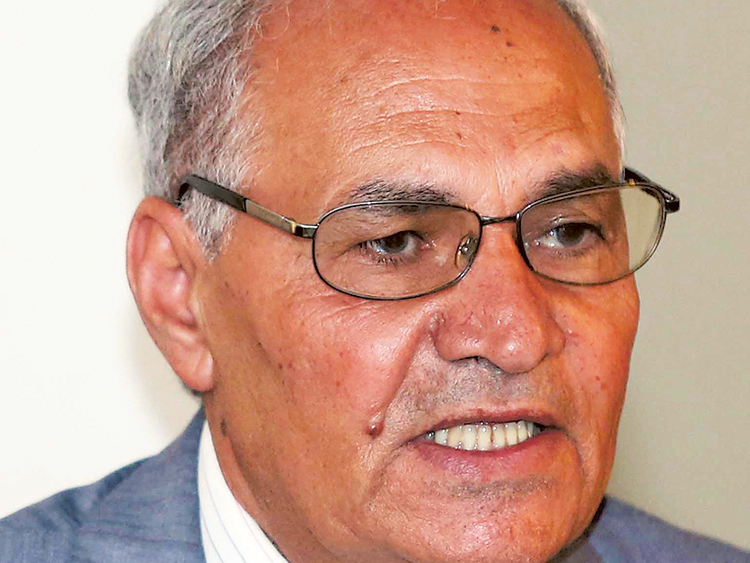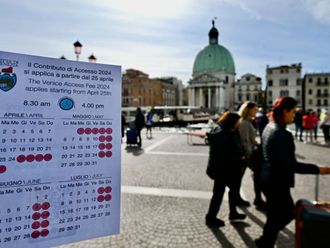
Sharjah: Searching through endless collections of books to better understand historical events is no longer necessary with a new virtual museum at hand to guide you through it.
The result of a two-year international collaboration between the Sharjah Museums Department (SMD) and Museums With No Frontiers (MWNF), the project titled ‘Sharing History’ aims to promote intercultural dialogue through art and heritage.
The virtual museum offers access to various historical exhibitions and a searchable database of over 5,000 artifacts from 22 countries across the Arab world, Turkey, and Europe.
“What makes this project unique is that, for the first time, local historians and researchers are able to share and combine their local viewpoints of a shared history,” archaeologist Dr Mohammad Al Najjar, a member of the MWNF board, said during the Arab launch of the project at Sharjah’s Maritime Museum.
The virtual museum features 10 themed exhibitions displaying historical photographs and works of art and artifacts, besides a large database of information. Exploring the relationship between the Arab World, the Ottoman Empire and Europe between 1815 and 1918, the online museum explores the timeline of one of history’s most important periods, said Al Najjar. “It’s a historical period that still determines modern relations today.”
Under a partnership between MWNF and the League of Arab States, the online museum attempts to represent the complex and sensitive period from the perspective of the research carried out by the countries involved, as apposed to the more prevalent Western view of events.
The exhibitions also include items from the Sharjah Museum of Islamic Civilisation, Sharjah Maritime Museum, Sharjah Al Hisn Fort, and the Orientalist Collection of His Highness Dr Shaikh Sultan Bin Mohammad Al Qasimi, Supreme Council Member and Ruler of Sharjah.
A tool in education
The ‘Sharing History’ project is also becoming a valuable tool in education. The site also allows users to create their own personalised collections and curate their own exhibitions. Through the ‘My Collection’ tool, teachers can gather images of thousands of historical items, and research themed timelines and profiles of each participating country, creating their own class presentations. Students in turn can gather and research information on historical events that took place during the same era using www.sharinghistory.com as a single comprehensive source.
“The museum serves as a tool for students all over the world, who can use it to link historical events that happened simultaneously so they can better understand the bigger picture,” said Al Najjar.
He added that all information provided on the site is based on facts and accredited research and material provided by a committee of researchers, archivists and historians from each of the 22 countries.
Each page on the site also includes an option for ‘further reading’, and displays a list of related items.
Easily navigable, the site is designed to attract the new “hi-tech” generation, said Assistance Professor Mehmet Kahyaoglu, Deputy Dean and Faculty of Fine Arts at Yasar University.
“The new generation tend to be attracted by images and short text, so the site incudes a visual language using a variety of elements on each page,” said Kahyaoglu.
Users can also download the content from the site to a PDF file or a word document. The online museum is currently available in English, but plans are in place to offer Arabic navigation tools soon.
The project, which was first launched earlier this month in Ankara, Turkey, had its Arab launch in Sharjah on May 20, and will soon have its third and final launch in Vienna, Austria.













